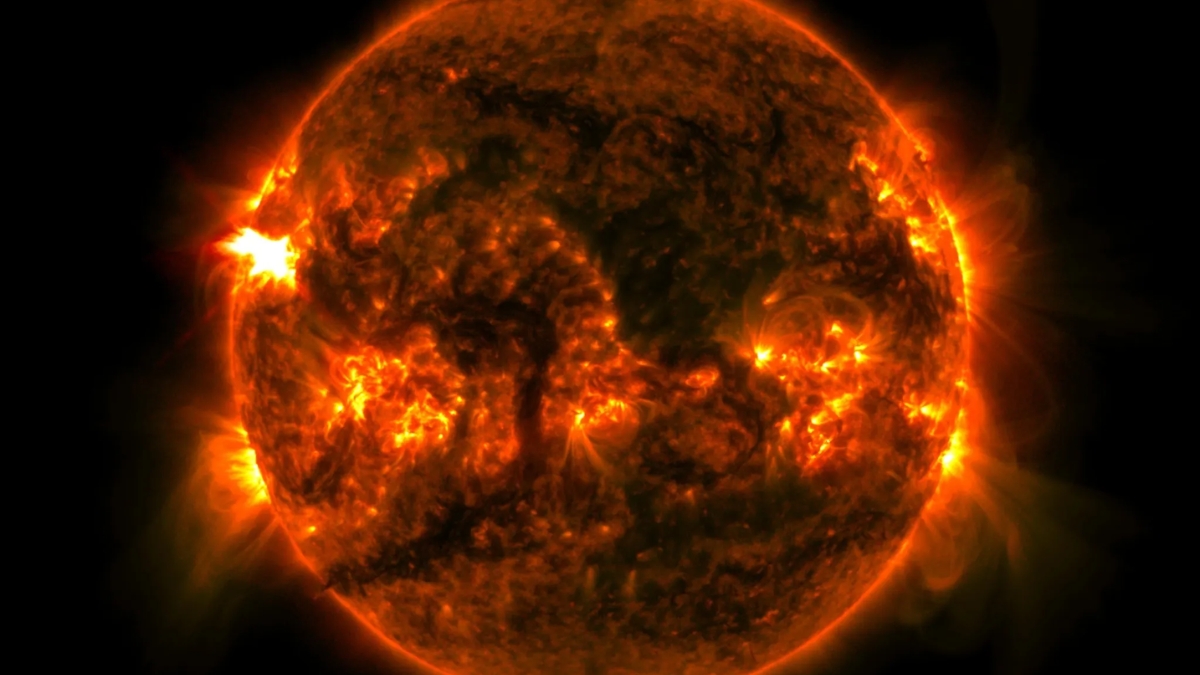Sun’s Plasma Loops Could Potentially Predict Solar Flares Hours in Advance

NASA’s Solar Dynamics Observatory has captured fascinating details about the sun’s behavior. Images show that glowing plasma loops, called coronal loops, briefly flash in ultraviolet light before solar flares erupt.
These flashes might serve as early warnings for powerful space weather, which can disrupt satellites, GPS systems, and power grids.
Solar flares are massive bursts of radiation caused by magnetic field lines on the sun twisting and snapping. These events often involve coronal loops—bright, curved shapes of plasma pulled from the sun’s surface. When these loops release energy, they sometimes send radiation or plasma clouds, known as coronal mass ejections, toward Earth.
The study, published in Astrophysical Journal Letters in December 2024, analyzed data from 50 solar flares captured by the observatory. Researchers found that these ultraviolet flashes happen 2 to 6 hours before a flare, with a prediction accuracy of 60 to 80%. Stronger flashes seem to match more intense flares, but scientists say further observation is needed to confirm this connection.
Lead author Kara Kniezewski noted that each solar flare behaves uniquely, making predictions tricky. Current forecasting methods focus on probabilities over a specific time frame, but this approach may provide more precise warnings.
Co-author Seth Garland explained that while traditional models rely on magnetic field measurements and sunspot analysis, they often miss exact timings.
The sun’s activity has been unusually intense, thanks to the ongoing solar maximum, the peak of its 11-year cycle. This surge in activity has caught scientists off guard and caused problems, like satellites being pushed out of orbit and disruptions in navigation systems.
Emily Mason, a researcher from Predictive Science Inc., said the findings could improve space weather predictions. While we’re far from perfect forecasts, these early ultraviolet flashes could be a game-changer for understanding solar flares and keeping Earth’s technology safer.
Have something to add? Let us know in the comments below!
